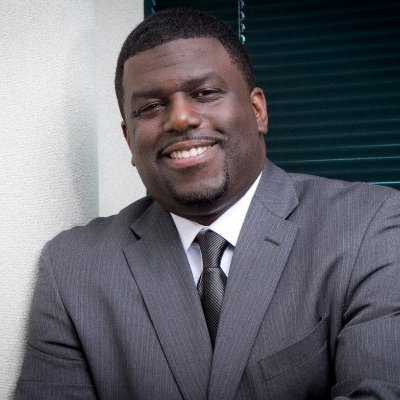Artis Stevens
4-H Club
4-H is a brand associated with traditional values and heartland America, but its roots are actually in innovation. “Over 100 years ago, when educators were looking to provide the newest technology to farmers, they were reluctant to try the innovations out,” 4-H Council CMO Artis Stevens told me. “But they were open to their kids doing it.” These days, the organization delivers that same empowering support to more than 6 million kids across the country.
When it comes to marketing the organization, its rich history is both an asset and a challenge, Stevens said. “When you have that many years, there’s a lot of equity behind your organization, but there’s a lot of embedded perception that people believe about it.” 4-H is not just about farming and agriculture anymore but about the idea of young people exploring and building skills in all fields, including science and technology.
While the programs are designed for kids, 4-H marketing has to address the adults who sign the kids up, volunteer, provide transportation, and donate. “Our brand is constructed to communicate to the adult audience, but the delivery mechanism is constructed to deliver to the youth audience,” Stevens said.
That requires staying current with what modern families want, which means lots of research. “If we’re going to get kids to keep coming to our programming and parents to be engaged,” he continued, “we have to listen to what our audience needs are.”
Highlights from this week’s Marketing Superstars podcast include:
The challenge of balancing brand equity while dispelling outdated perceptions (3:40)
How extending a brand’s core offerings can help it move beyond superficial perceptions (7:27)
The value of finding out what people really think about the brand (12:27)
Managing a bifurcated brand that makes different brand promises to different audiences (14:04)
Listening to your audience in order to help your brand grow (20:18)
